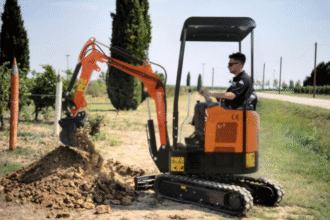Introduction to Digital Art Ankinsart
Digital art has taken the creative world by storm, and Ankinsart is at the forefront of this vibrant movement. With its unique blend of technology and creativity, digital artistry breaks traditional boundaries, inviting everyone to explore their imagination like never before. Yet, despite its popularity, many misconceptions linger around what it truly means to create in a digital format.
Are digital artists merely clicking buttons or do they possess skills that rival those who work with paint and canvas? As we dive deeper into the realm of digital art Ankinsart, let’s unravel some myths while shining a light on the facts that define this captivating medium. Join us on this exploration where passion meets pixels!
Myth: Digital Art is Not Real Art
One of the most pervasive misconceptions about digital art, especially with platforms like Ankinsart, is that it isn’t “real” art. This belief often stems from a misunderstanding of what constitutes artistry.
Digital art utilizes technology as a medium. It incorporates creativity and skill just like traditional painting or sculpture. Artists such as those on Ankinsart meticulously craft their work using various software tools.
The creative process in digital art involves thoughtful planning, composition, and execution. Just because it’s made on a screen doesn’t diminish its artistic value.
Many renowned artists now embrace digital techniques to push boundaries and explore new ideas. They express themselves through colors, shapes, and forms achievable only in the digital realm.
Art evolves over time; so does our perception of what art can be. Digital creations deserve recognition alongside more conventional artistic expressions.
Fact: Digital Art Requires Skill and Creativity
Creating digital art is not just about clicking a few buttons. It demands a deep understanding of artistic principles.
Artists must grasp composition, color theory, and perspective to create compelling visuals. Each brushstroke in the digital realm mirrors techniques used in traditional forms. The difference lies in the tools.
Moreover, creativity plays a pivotal role. Digital artists often blend various styles and concepts to produce unique works that stand out in an increasingly crowded space.
They experiment with textures and effects that can only be achieved through software manipulation. This exploration fuels innovation within their art.
Skill development takes time; mastering programs like Adobe Photoshop or Procreate requires dedication and practice.
In essence, digital artistry is an intricate dance between technology and imagination—an expression of talent deserving of recognition alongside its traditional counterparts.

















